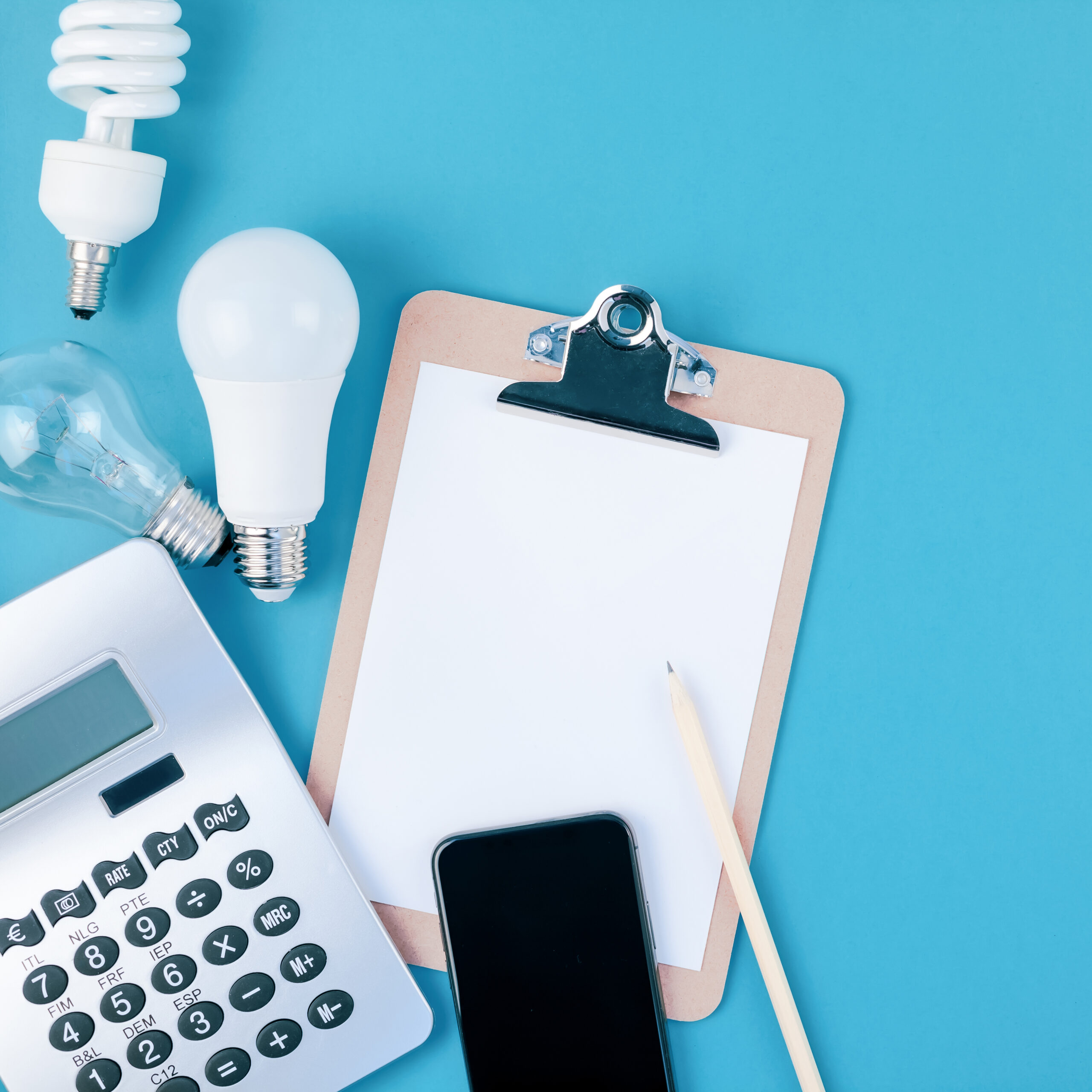[vc_row css=”.vc_custom_1565542682041{margin-right: 0px !important;margin-left: 0px !important;}”][vc_column css=”.vc_custom_1565542696462{padding-right: 0px !important;padding-left: 0px !important;}”][vc_single_image image=”10490″ img_size=”full” el_class=”banner-event”][/vc_column][/vc_row][vc_row css=”.vc_custom_1565542751414{margin-right: 0px !important;margin-left: 0px !important;}”][vc_column width=”1/4″][/vc_column][vc_column width=”1/2″ css=”.vc_custom_1565622195563{padding-bottom: 50px !important;}”][vc_column_text el_class=”title-event”][post_title][/vc_column_text][vc_column_text el_class=”date-venue-news”]By Gabriella Ienanto, Rifa Fadilla Aprilyani, Monika Merdekawati
Monday, 5 April 2021[/vc_column_text][vc_column_text el_class=”text-par-news”]The ASEAN Plan of Action for Energy Cooperation, the framework of energy cooperation in the region, stipulates the aspirational targets of achieving 23 percent renewable energy share in the total primary energy supply and 32 percent energy intensity reduction by 2025.
ASEAN has the necessary targets, but unfortunately, the policies are still unable to speed up the transition to halt climate change.
Hence, ASEAN needs a renewed paradigm, the energy transition that ensures a fair (or just) process. The just energy transition is centered on dialogue to ensure the equitable share of costs and benefits within all stakeholders, covering communities that are vulnerable to the whole transformation of energy supply and demand from high-carbon to low-carbon sectors.
In this regard, gender equality is an important element of just energy transition. Why?
To change the fundamental dynamics of energy production and consumption, we need a mutual agreement between sectors to seek innovation along the chain. To enable innovation, we need a diverse talent pool that offers wide perspectives and capacities, including women. More women’s involvement is not only a basic human right, but it will lead the energy sector to more sensitivity toward women’s needs and rights, including access to clean cooking.
Many studies have remarked on the unique traits of women and how they will contribute to the energy transition. A report by the Organisation for Economic Cooperation and Development (OECD) describes that women tend to be more sustainable consumers and sensitive to ecological, environmental and health concerns.
However, the regulatory frameworks tend to ignore women’s potential to taking a major role in the energy sector, resulting in an under utilised female workforce. In Europe, women contributed a mere 26 percent of the total workforce in the energy sector. Globally, women represent 32 percent of the renewable energy workforce, and it gets lower in the oil and gas industry with just 22 percent.
While the statistics of women’s employment in the ASEAN energy sector are not available, as of 2020, women make up only 22 percent of total employment across sectors.
Although it is critical to increasing women’s participation in the energy sector, both as energy consumers and/or workers, women face multiple challenges. Among all, the cultural and social norms are cited by 72 percent of respondents as the top barrier. This is particularly relevant in ASEAN, with its heavy patriarchal influence and where women tend to have less access to labor markets, higher education and information.
To make things worse, ASEAN also lacks gender-specific data, which is only available for 41 percent of total Sustainable Development Goal (SDG) indicators. With low data availability, it is no wonder that ASEAN has few gender-sensitive energy policies.
For many years, women have fought to be treated equally as men and to be recognized in the field of science, technology, engineering and mathematics (STEM). While men still dominate the energy sector, there has been huge progress in gender equality efforts. This is demonstrated by some women who are now sitting at top managerial levels in the industry.
The initiatives of evolving women contributions in the energy sector continued to spread around the globe and numerous organizations began to acknowledge the purpose of having women leaders.
In 2011, then-UN secretary-general Ban Ki-moon launched an international organization, Sustainable Energy for All (SEforALL), that focuses on achieving SDG 7 as well as gender equality. The Women at the Forefront initiative has set an example for increasing gender diversity through various training programs, which is hoped to push more women leaders to take part in the inclusive energy transition.
Clean Energy Ministerial (CEM), together with International Energy Agency (IEA), also organized the Clean Energy, Education and Empowerment (C3E) initiative to promote women’s integration in the clean energy transition. This initiative intends to boost international visibility and collaboration to pursue gender equality.
While these initiatives represent a promising future in women’s career advancements, policies need to be made to mainstream gender to truly engage women in the energy sector. United States President Joe Biden has released executive orders on tackling the climate crisis and combating gender discrimination. Combining these two orders, the US is now emphasising the importance of pursuing both a green recovery and gender equality.
Not far behind its Western counterparts, ASEAN has indicated significant strides toward achieving greater gender diversity in economic activities. Starting from the boardroom, several member states are implementing a range of initiatives. Malaysia has started the “naming and shaming” of companies that fail to assign more women directors. This effort is to achieve the broader target of 30 percent female board representatives in the top 100 publicly listed companies by 2020.
In 2017, the Philippines revised the code of corporate governance for listed firms, recommending an increase of women directors. In 2019, Singapore adopted a new code that requires listed companies to publicly disclose their diversity policy in the annual reports, as well as the progress of reaching the target. Meanwhile, since 2013, Thailand is the only member of ASEAN that has joined the Equal Futures Partnership.
Besides, ASEAN has high-level policies to break gender norms in the energy sector. Cambodia is committed to prioritizing women’s needs in mitigating climate change by expanding women’s involvement in policy-making as specified in the National Climate Change Strategic Plan 2014-2023. Lao PDR identifies women’s development as a cross-cutting priority in the eighth National Socioeconomic Development Plan (NSEDP) 2016-2020, which outlines targets to achieve gender equality in the key economic sectors, including energy.
Nevertheless, ASEAN must explore the many possibilities to make a more inclusive energy transition. To strengthen the top-level actions, policymakers should revisit and upgrade the energy policies to be more gender-sensitive. To do so, the alignment of gender data across jurisdictions (national and regional) is essential, which could be realized through collaboration with relevant international organizations.
To encourage more leadership, the government should provide flexible debt options to women as entrepreneurs or investment opportunities as shareholders in energy businesses. To reform the employment market, the workplace has to adopt flexible and family-friendly work schemes and remove bias in recruitment.
The foundation to enable the aforementioned recommendations is to invest in building the capacity of women, which could be accomplished by making STEM education a subject of choice, and by solid networking to empower fellow women in the energy sector. But ultimately, the willingness to take part in the energy transition should come within us, the women of ASEAN.
As emphasised by the women leaders in ASEAN energy cooperation, the change is up to us. Be brave to take the action!
The original article can be found here.[/vc_column_text][/vc_column][vc_column width=”1/4″][/vc_column][/vc_row]











